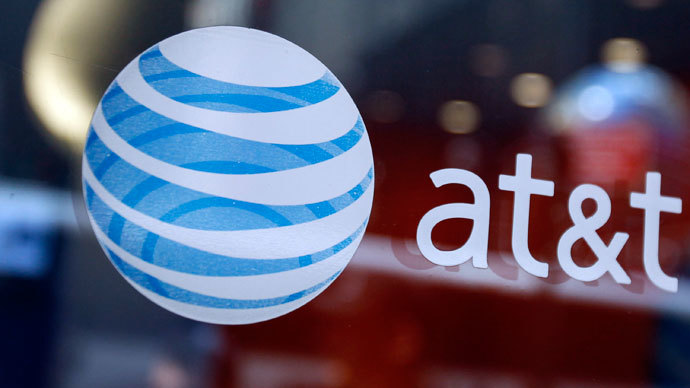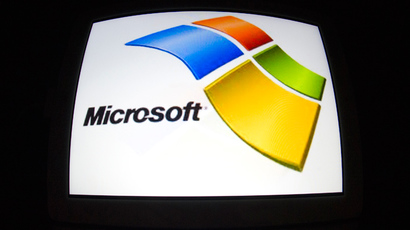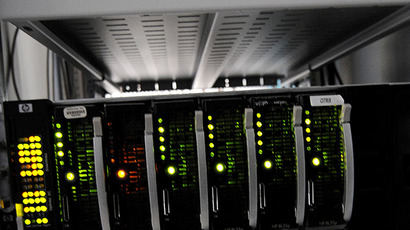DEA has more extensive domestic phone surveillance op than NSA

For at least six years, US anti-drug agents have used subpoenas to routinely gain access to an enormous AT&T database. It’s an intrusion greater in scale and longevity than the NSA’s collection of phone calls, revealed by Edward Snowden’s leaks.
As part of the secret Hemisphere Project the government has been paying AT&T to place its employees in drug-fighting units around the country, the New York Times reports.
The US’s largest telecoms operator has been supplying phone data
to the Drug Enforcement Administration since 1987.
The project covers every call that passes through an AT&T
switch, including those made by clients of other operators, with
some four billion call records added to the database on a daily
basis.
And, unlike the much debated NSA data, the Hemisphere data
includes information on the location of those, making the calls.
The New York Times found out about the surveillance program after it received slides, describing the Hemisphere Project, from peace activist, Drew Hendricks.
The activist said he was sent the PowerPoint presentation – which is unclassified, but marked “Law enforcement sensitive” – in response to a series of public information requests to West Coast police agencies.
The slides revealed that the program was launched back in 2007 and has been carried out in great secrecy since then.
“All requestors are instructed to never refer to Hemisphere in
any official document,” one of the slides said.
The paper performed a search of the Nexis database, but found no reference to the program in news reports or Congressional hearings.
The US administration has acknowledged that Hemisphere is
operational in three states, adding that the project employed
routine investigative procedures used in criminal cases for
decades and posed no novel privacy issues.
Justice Department spokesman, Brian Fallon, stressed that it’s
crucial that the phone data is stored by AT&T, and not by the
government like in the NSA case. It has requested phone
numbers of interest mainly using what are called
“administrative subpoenas,” those issued not by a grand
jury or a judge, but by a federal agency, the DEA.
According to the spokesman, Hemisphere proved especially
effective in finding criminals, who frequently discard their
cellphones in order to avoid being tracked by polices.
“Subpoenaing drug dealers’ phone records is a bread-and-butter
tactic in the course of criminal investigations,” he said in
a statement.
The 27-slide PowerPoint presentation highlights several cases, in
which Hemisphere solved big crimes, with not all of them being
drug-related.
For example, this March it found the new phone number and
location of a man, who impersonated a general at a San Diego Navy
base and then ran over a Navy intelligence agent.
In 2011, Hemisphere tracked Seattle drug dealers, who were rotating prepaid phones, leading to the seizure of 136 kilos of cocaine and $2.2 million.
AT&T spokesman, Mark A. Siegel, declined to answer detailed questions on Hemisphere, only saying that AT&T “like all other companies, must respond to valid subpoenas issued by law enforcement.”
Representatives from Verizon, Sprint and T-Mobile all declined to comment when asked by the New York Times whether their companies participated in Hemisphere or any other similar programs.
An undisclosed federal law enforcement official told the paper
the Hemisphere Project was “singular” and that he knew of no
comparable program involving other phone companies.
It’s not the first time AT&T has been involved in federal
surveillance programs, the company operated a telecommunication
interception facility for the NSA between 2003 and 2006.














